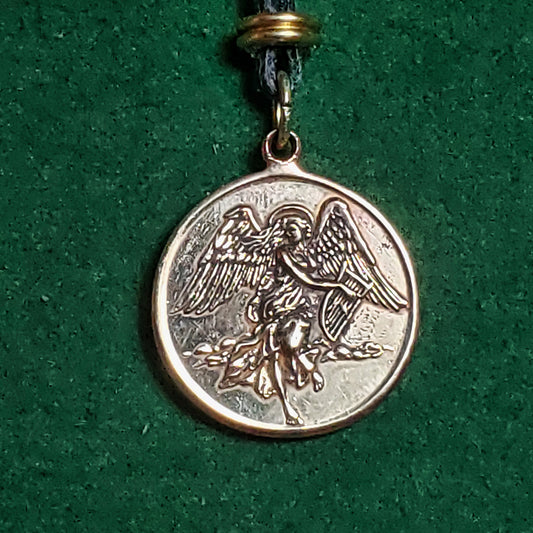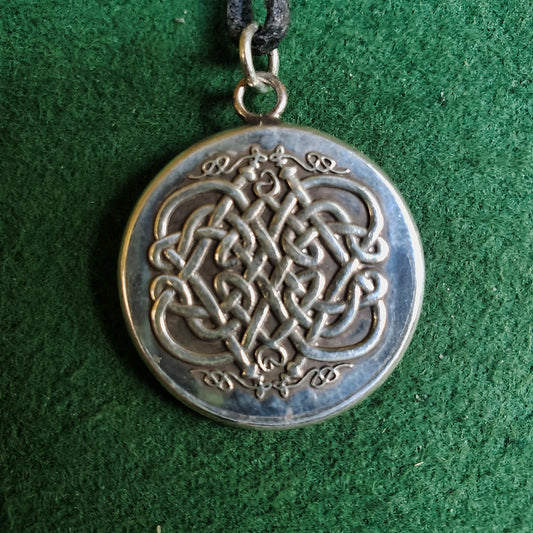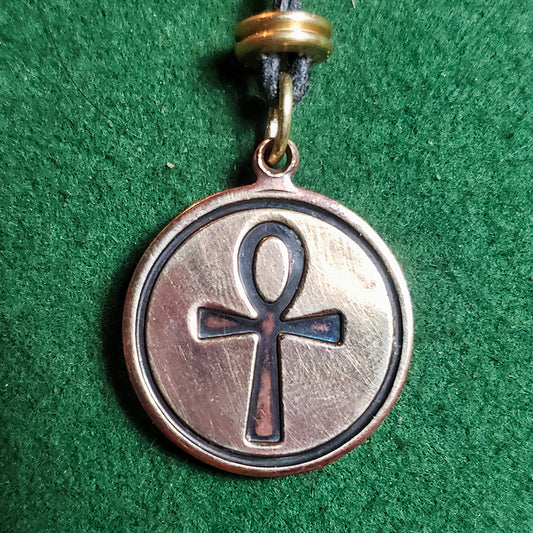Decoding Da Vinci: Unraveling the Mysteries of the Vitruvian Man
Michael StewartShare
The Vitruvian Man is a drawing created by the Italian artist and inventor Leonardo da Vinci in the late 15th century. It depicts a male figure in two superimposed positions with his arms and legs outstretched, forming a circle and a square. The drawing is accompanied by notes and measurements, representing the human figure in geometry and the natural world.
The drawing is based on the ideas of the Roman architect Vitruvius, who believed that the ideal human body could fit perfectly into a circle and a square, representing the perfect harmony of the human form with the natural and geometric world.
The Vitruvian Man is considered a masterpiece of Renaissance art and reflects da Vinci's interest in studying human anatomy and the relationship between art and science. It is also considered an early example of the study of human proportion, an essential element of art at the time.
The drawing also represents the Renaissance ideal of the 'perfect human' and has been widely reproduced and studied. It has been used as an inspiration in many fields, from fashion to architecture, and it continues to be an iconic representation of the human form.
Overall, the Vitruvian Man is a drawing created by Leonardo da Vinci, which depicts a male figure in two superimposed positions, forming a circle and a square. It is based on the ideas of the Roman architect Vitruvius, representing the perfect harmony of the human form with the natural and geometric world. It is considered a masterpiece of Renaissance art and a representation of the Renaissance ideal of the 'perfect human' that continues to inspire many fields.





